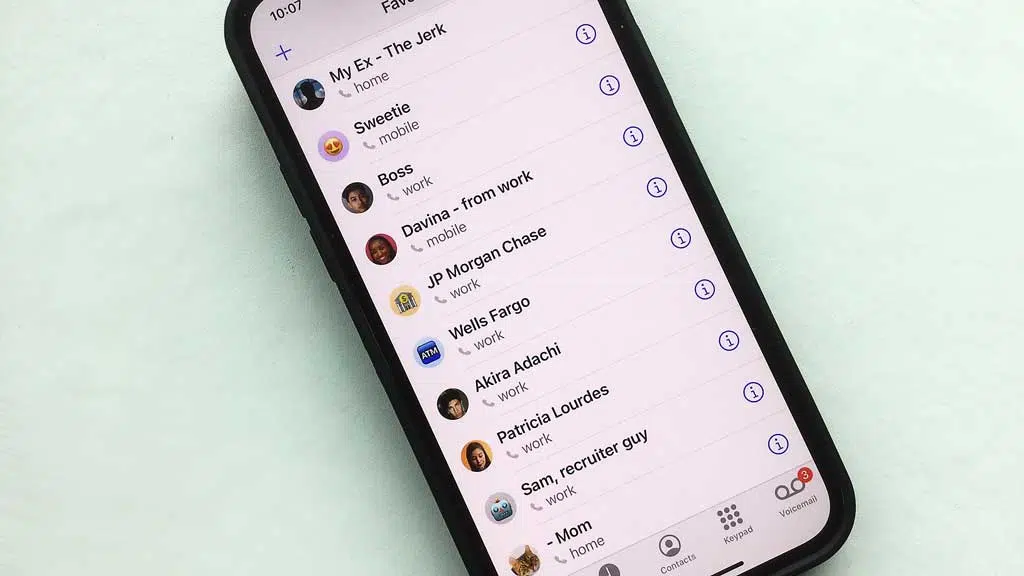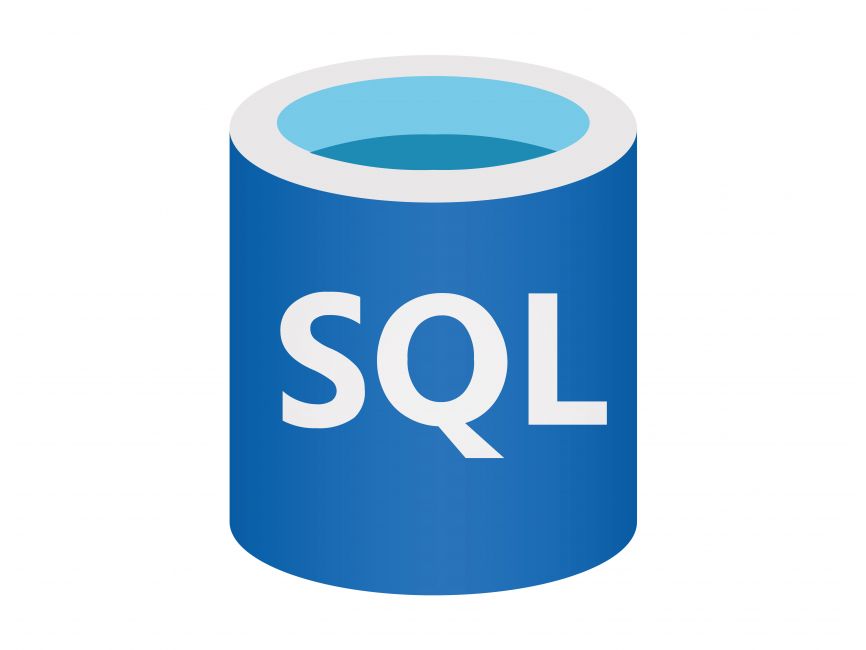Introduction to Databases
I recently started learning SQL with this FreeCodeCamp course and I figured I would update my readers(all of you!) on what I’ve learned so far.

Databases
Databases are collections of related data. For example, your phone’s contact list: it has a name, and a number/email connected to it. I made a short video here defining it.

As seen in the image above, the phone’s contacts have a number, picture, name all correlated in the collection that is the contact list.
Data Base Management Systems
A DBMS is a system/tool used to work with the data in a dataset/database. You can create/retrieve/view/search/delete/upload and more! Some common DBMS’s are MySQL, PostgreSQL, Microsoft SQL, Oracle, and MongoDB. I made a short video here defining it.
Relational/non-relational Databases
These are two kinds of databases best differentiated by their structure. A relational database will typically look like a table of values, while a non-relational database can be a range of things, from an object in javascript to a graph.

This is a relational database, as each value has a corresponding value, and it is laid out in a table format.

This is a node tree; and a non-relational database. It has values relating to each other, but is not in a typical format.
Structured Query Language
SQL is a programming language used to decode all of this, and work with the data. If I wanted to add a contact to my list, I would be “creating” data for my database, and if I was doing that with code, I would likely be using SQL. ((note that you can work with data in other languages too like Javascript, R, and python, but SQL has certain specializations and was made for working with data)

The SQL Logo.
Database Queries
The last topic I’ll be covering for now; searching up stuff in a database.
The definition of a query is a “a question, especially one addressed to an official or organization.” So, put the two together, and you’re asking a database a question, or in our case, asking it for a specific bit of data.
Final Thoughts
Thank you for reading this short update and review, I’ll see you in my next post. Thank you for reading!